Overview
Introduced: 1992
Effective from: Ongoing
Region(s): United States
About
ENERGY STAR is a voluntary certification program managed by the U.S. Environmental Protection Agency (EPA) that recognizes top-performing commercial buildings and industrial plants for energy efficiency. To qualify for ENERGY STAR certification, a building must perform in the top 25% of similar facilities nationwide, as measured by EPA’s ENERGY STAR Portfolio Manager® tool.
Certified buildings use, on average, 35% less energy and generate 35% fewer greenhouse gas emissions than comparable buildings. ENERGY STAR certification is a widely recognized symbol of environmental responsibility and financial savings.
Criteria for compliance
ENERGY STAR certification is voluntary, but it is widely adopted across:
-
Commercial buildings: Office buildings, K–12 schools, hospitals, hotels, supermarkets, retail centers, and multifamily housing
-
Industrial plants: Manufacturing, food processing, cement, glass, and other heavy industries
-
Tenant spaces: Leased office spaces within multi-tenant buildings, with a separate ENERGY STAR Tenant Space recognition
Certification criteria
To earn certification, a building must:
-
Score 75 or higher (out of 100) using the ENERGY STAR Portfolio Manager®, EPA’s benchmarking tool
-
Perform better than 75% of similar buildings nationwide in energy use
-
Meet indoor environmental quality criteria, including thermal comfort and ventilation
Compliance timelines
- ENERGY STAR certification is awarded annually, and buildings must maintain their energy performance year over year to requalify.
- Tenant spaces: A recognition for individual leased office spaces within a multi-tenant building is also available, focusing on energy-efficient practices within the tenant’s control.
Application process
-
Benchmark: Use Portfolio Manager to calculate your ENERGY STAR score and track performance across energy, water, and waste.
-
Verify: A licensed Professional Engineer (PE) or Registered Architect (RA) must verify the data, operations, and indoor environmental quality.
-
Submit: Verified applications are submitted through Portfolio Manager for EPA review. Certification is valid for one year and must be renewed annually.
Reporting requirements
-
Share real-time and historical energy performance data through Portfolio Manager
-
Maintain supporting documentation on building characteristics, equipment, and usage
-
Submit third-party verification forms completed by a licensed PE or RA
-
For tenants: Include documentation on metering, lighting, and equipment policies
Third-party auditing
Verification by a licensed PE or RA is mandatory. They must confirm:
-
Data accuracy
-
Ongoing compliance with criteria
-
That the building meets all indoor environmental quality standards
EPA may conduct random audits on submitted applications to ensure compliance.
Penalties for non-compliance
While this certification is a voluntary program and imposes no direct penalties, failure to meet annual performance thresholds or submit accurate data can result in:
-
Loss of certification
-
Reputational risk
-
Reduced appeal to investors, tenants, and ESG-conscious buyers








